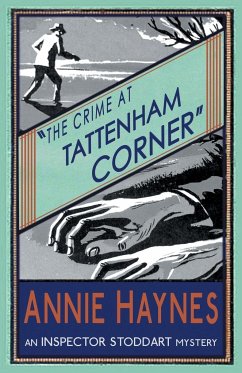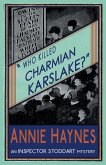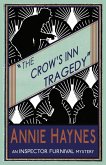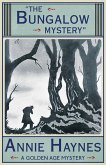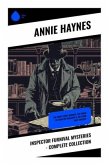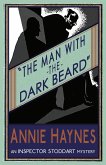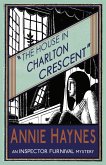The body lay face downwards in a foot of water at the bottom of the ditch. Up to the present it has not been identified. But a card was found in the pocket with the name of - The grisly discovery was overshadowed in the public imagination by Derby Day, the most prestigious event in the English horse-racing calendar. But Peep o' Day, the popular favourite for the Derby and owned by the murdered man, won't run now. Under Derby rules, the death means automatic disqualification. Did someone find an ingenious if ruthless way to stop the horse from competing? Or does the solution to the demise of Sir John Burslem lie away from the racetrack? The thoughtful Inspector Stoddart starts to investigate in a crowded field of sinister suspects and puzzling diversions. The Crime at Tattenham Corner was the second of the four Inspector Stoddart mysteries, first published in 1928. This new edition, the first for over eighty years, features an introduction by crime fiction historian Curtis Evans. "We not only encounter thrilling surprises but are introduced to many admirably life-like characters. Miss Haynes is here at her best. Excellent as a detective tale, the book is also a charming novel." Spectator
Hinweis: Dieser Artikel kann nur an eine deutsche Lieferadresse ausgeliefert werden.
Hinweis: Dieser Artikel kann nur an eine deutsche Lieferadresse ausgeliefert werden.

